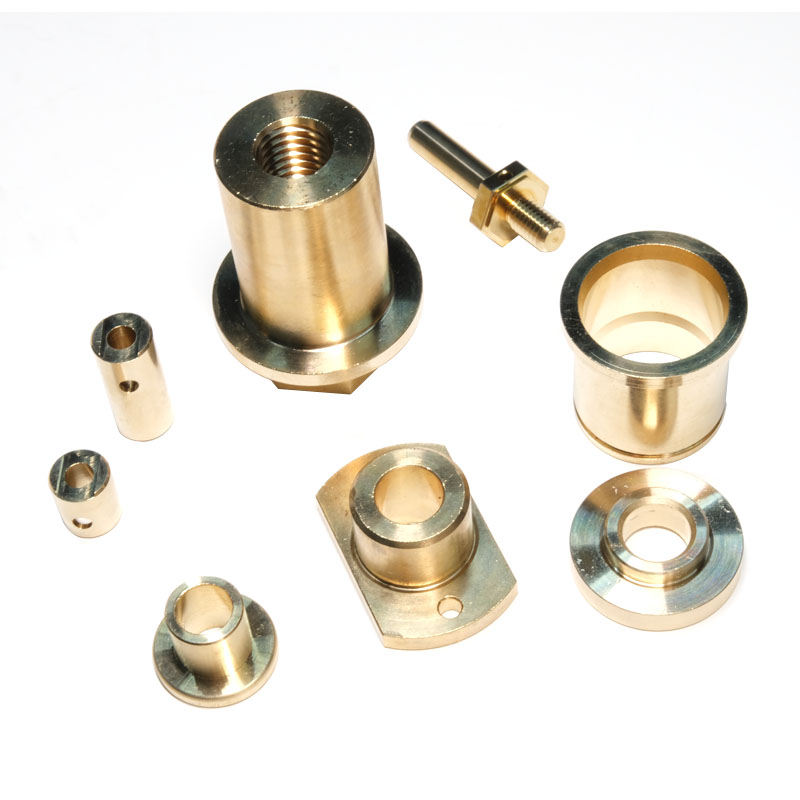The Crucial Connection: Exploring the Impact of Material Choice on Sensor Housing Performance
2023-12-15
Introduction:
In the intricate world of sensor technology, where precision is paramount and reliability is key, the choice of material for sensor housings emerges as a critical factor influencing overall performance. The right material can enhance durability, protect against environmental factors, and contribute to the sensor's effectiveness. In this exploration, we'll delve into the profound impact that the choice of material can have on sensor housing performance.
1. Environmental Resilience:
- Different environments present distinct challenges, from moisture-rich atmospheres to abrasive industrial settings. The material chosen for a sensor housing must exhibit resistance to these environmental factors. For instance:
- Plastic Housings: Lightweight and resistant to corrosion, suitable for indoor applications.
- Stainless Steel Housings: Robust, durable, and corrosion-resistant, making them ideal for harsh outdoor conditions.
2. Thermal Conductivity:
- Sensors often operate in environments with varying temperatures. The thermal conductivity of the housing material affects the sensor's ability to dissipate heat and maintain optimal performance. Some considerations include:
- Aluminum Housings: Good thermal conductivity, suitable for sensors prone to heating.
- Thermoplastics: Insulating properties, preventing heat transfer, ideal for temperature-sensitive sensors.
3. Impact Resistance:
- Sensors may encounter physical impacts during installation, maintenance, or operation. The housing material must offer sufficient strength to withstand these impacts without compromising the sensor's internal components. Examples include:
- Polycarbonate Housings: High impact resistance, commonly used in applications where durability is crucial.
- Metal Alloys: Provide robust protection against mechanical stresses.
4. Chemical Compatibility:
- Certain sensors are exposed to corrosive substances in their operating environment. The material must be selected based on its resistance to chemicals relevant to the application. For instance:
- Stainless Steel Housings: Resistant to corrosion, suitable for applications involving exposure to chemicals.
- Plastic Coatings: Applied for chemical resistance in specific environments.
5. Weight Considerations:
- Depending on the application, the weight of the sensor housing may be a critical factor. Lightweight materials are favored in scenarios where minimal weight is essential, such as in aerospace or automotive applications. Examples include:
- Carbon Fiber Reinforced Polymers: Provide strength with low weight, suitable for applications where weight is a concern.
- Aluminum: Offers a balance of strength and weight, often used in aerospace applications.
Conclusion:
The choice of material for a sensor housing is far from arbitrary; it is a carefully considered decision that can significantly impact the sensor's overall performance and longevity. Engineers and designers must weigh factors such as environmental resilience, thermal conductivity, impact resistance, chemical compatibility, and weight considerations to select the most appropriate material for the specific requirements of each application. In this delicate dance between materials and technology, the right housing becomes the silent guardian, ensuring that sensors perform optimally in the face of diverse and challenging conditions.



